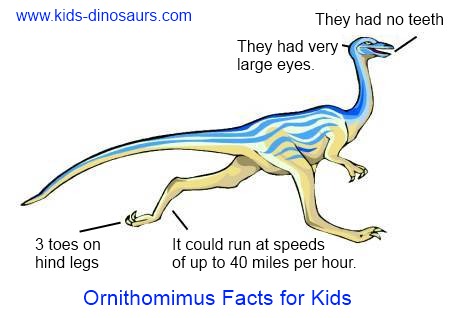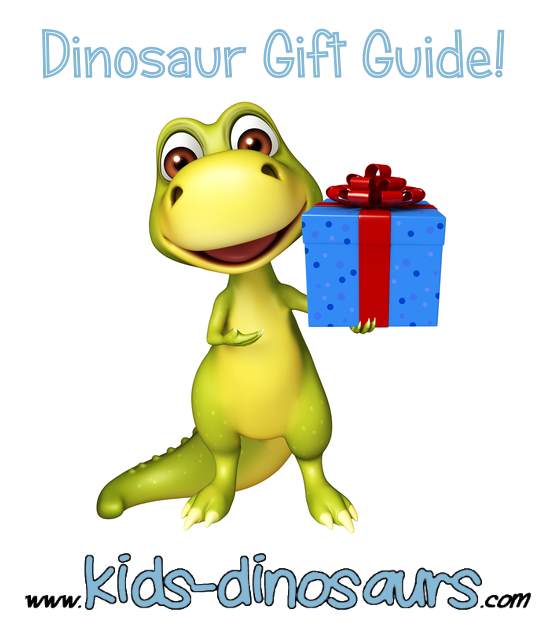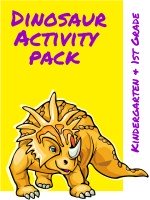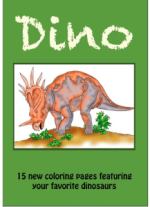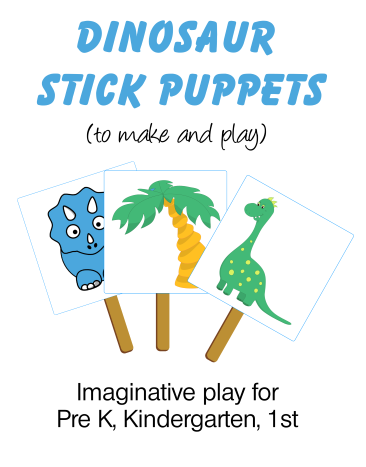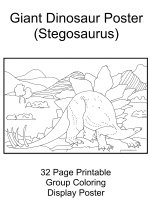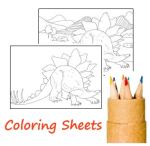Ornithomimus
Fun Dinosaur Facts and Information for Kids
Ornithomimus are a great dinosaur to learn about. Find out all about how, when and where they lived - and check out some great pictures of them too.
Fast Facts
- You pronounce their name 'or-nith-o-mime-us'.
- Their name means 'bird mimic'.
- They were omnivores.
- They lived in the Late Cretaceous Period.
- They were around 4-5 meters (13-16 feet)
- They weighed 0.15 tons (as much as a motorcycle).
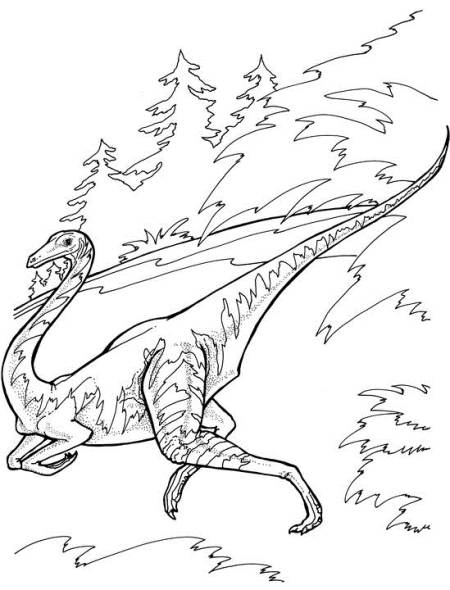
More dinosaur details
The Ornithomimus was an omnivore - which means it ate meat and plants. It probably ate smaller Cretaceous animals as well as eggs, insects and the plants that were around at that time.
Its dinosaur classification is Theropoda.
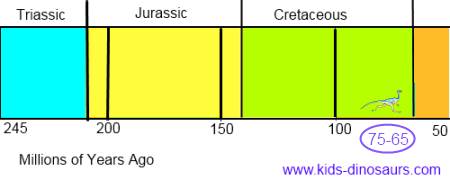
They lived 75-65 million years ago during the late Cretaceous period. There were a lot of dinosaurs living in this period of time.
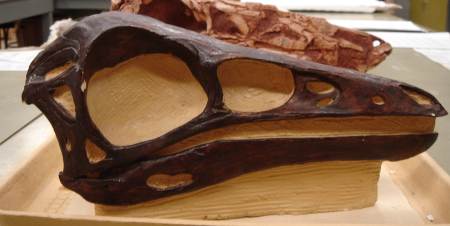
They have long beaks with no teeth in them. Instead, it used its scissor like beak to chop food into smaller pieces.
Scientists think they probably looked like a feathery kangaroo - but they could run as fast as an ostrich. It used this as a defense - it would run to safety if a predator arrived.
It had 3 toes on its hind legs that would dig into the ground when it was running - like spikes on running shoes.
It is thought they could run at speeds of up to 40 mph, which means it would take them only 5.59 seconds to run 100 meters - almost twice as fast as Usain Bolt's 9.58 seconds!
Where did they live?
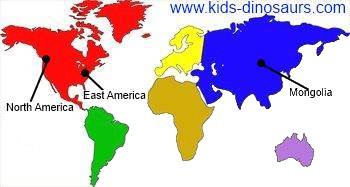
They lived in North America, Mongolia and the East America.
How big were they?
|
The fossils found so far have been of different sizes - but roughly they were around 4-5 meters long (13-16 feet) and weighed about 158.8kg. |
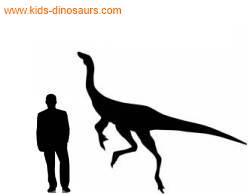 |
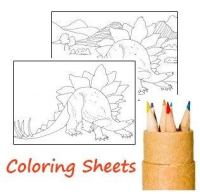
This site contains affiliate links. Please read my advertising disclosure.
Download and print!
Only $3
GIANT 32 page Dinosaur Coloring Poster for classroom art. $4
